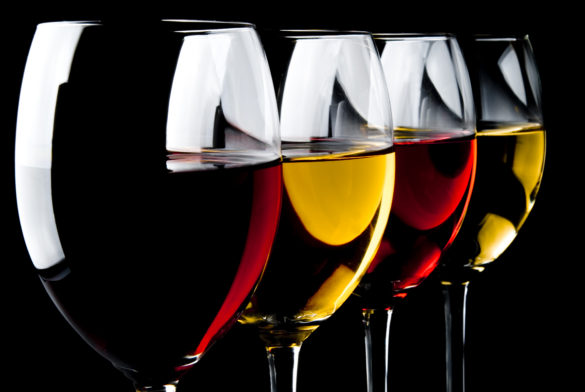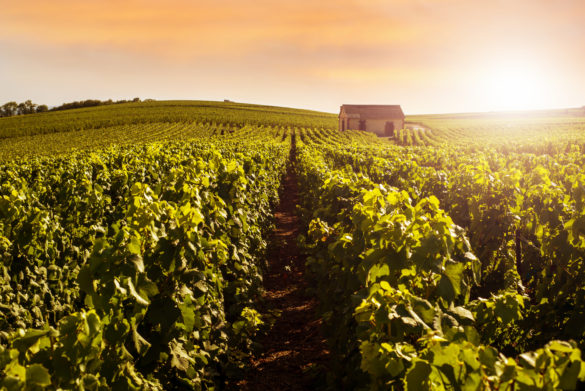Our lovely head buyer Dawn Davies knows more about wine than 99% of people on the planet. She’s a Master of Wine (MW), a qualification so tough there are only 350 people in the world allowed to have those initials after their name. If you want to know about wine, talk to Dawn. Dawn held a beginner’s guide to wine tasting at our London shop, an evening packed full of handy hints and tips to wow your friends with at your next dinner party. Here are Dawn’s five tips to look like a wine pro:
1. Don’t Be Intimidated
‘Wine is very simple. Grow some grapes, crush them, ferment them, and you’ve just made wine! And when people talk about wine being like cat’s pee or like running through a field of nettles and so on, it’s just interpreting the wine how you want to. So if you get flavours of smoke or nettles or even washing-up liquid, don’t worry. Describing the wine is half the battle.’
2. Look At Your Wine
‘Colour is important: a white wine that is more golden may be older or oakier than a paler wine; with red wine, younger versions will usually be a vibrant purple; older bottles will often have a browner hue, especially around the rim. The colour also tells you about the grape variety – thicker-skinned grapes such as Cabernet Sauvignon give a more intense colour, whereas thinner-skinned varieties like Pinot Noir will be a lighter shade.’
3. Think about what you’re tasting
‘In the UK, we’re very good at drinking wine; we’re not so good at tasting. When you taste wine, always ask yourself what flavours you’re picking up. If it’s fruity, what kind of fruit is it? Is it citrus? Tropical fruit? Berries? When I’m tasting, I think about the texture, too, almost like fabric: a wine can be silky and velvety, whereas one with too much tannin can be like sandpaper!’
4. Terroir
‘Terroir is why one wine tastes totally different to another. Think about a single vine – it is grown in a particular type of soil; the amount of sun it receives can be different to another vine grown elsewhere in the vineyard; plus there is a host of other variables such as altitude, aspect, drainage, slope and climate. Terroir is a wine’s blueprint and what gives it its individuality.’
5. Drink it with food
‘Wine is designed to be drunk with food 90% of the time. When you’re pairing wine and food, you either try to balance the flavours or contrast them. For example, with smoked salmon I’d always pick a wine that is clean, zingy and refreshing, to balance the fattiness of the fish. With a big, juicy steak I’d recommend a big, juicy Malbec to cut through all that protein.’
Dawn’s top 5 wine facts
- in the Old World (Europe), most wines are named after the region, not the grape
- when we talk about ‘tannins’ in wine, we’re talking about that feeling when the inside of your mouth feels dry, like when you drink tea that’s been stewed for too long
- the older the vine, the fewer grapes it produces, but those grapes will have more concentration
- when you’re tasting wine, 90% of the flavour comes from the nose – if you hold your nose and try some wine, it won’t taste of much
- there are only two criteria for great wine: how long does it make you think, and how long does it stay on the palate.
To browse our wine selection, click here; you’ll find our Champagne range here.









 Enjoy responsibly
Enjoy responsibly
Recent Comments
Unfortunately, the answer is 'between 400g and 2000g per litre' :)
Posted on: 9 October 2024
What ratio of Sloe to gin is used, I see anything from 400 to 2000g of sloe to 1 litre of gin!
Posted on: 7 October 2024
What really makes Bob Harris' predicament in 'Lost In Translation' so absurdly funny is that he nailed it in one take, and the director just couldn't accept that.
Posted on: 11 January 2024